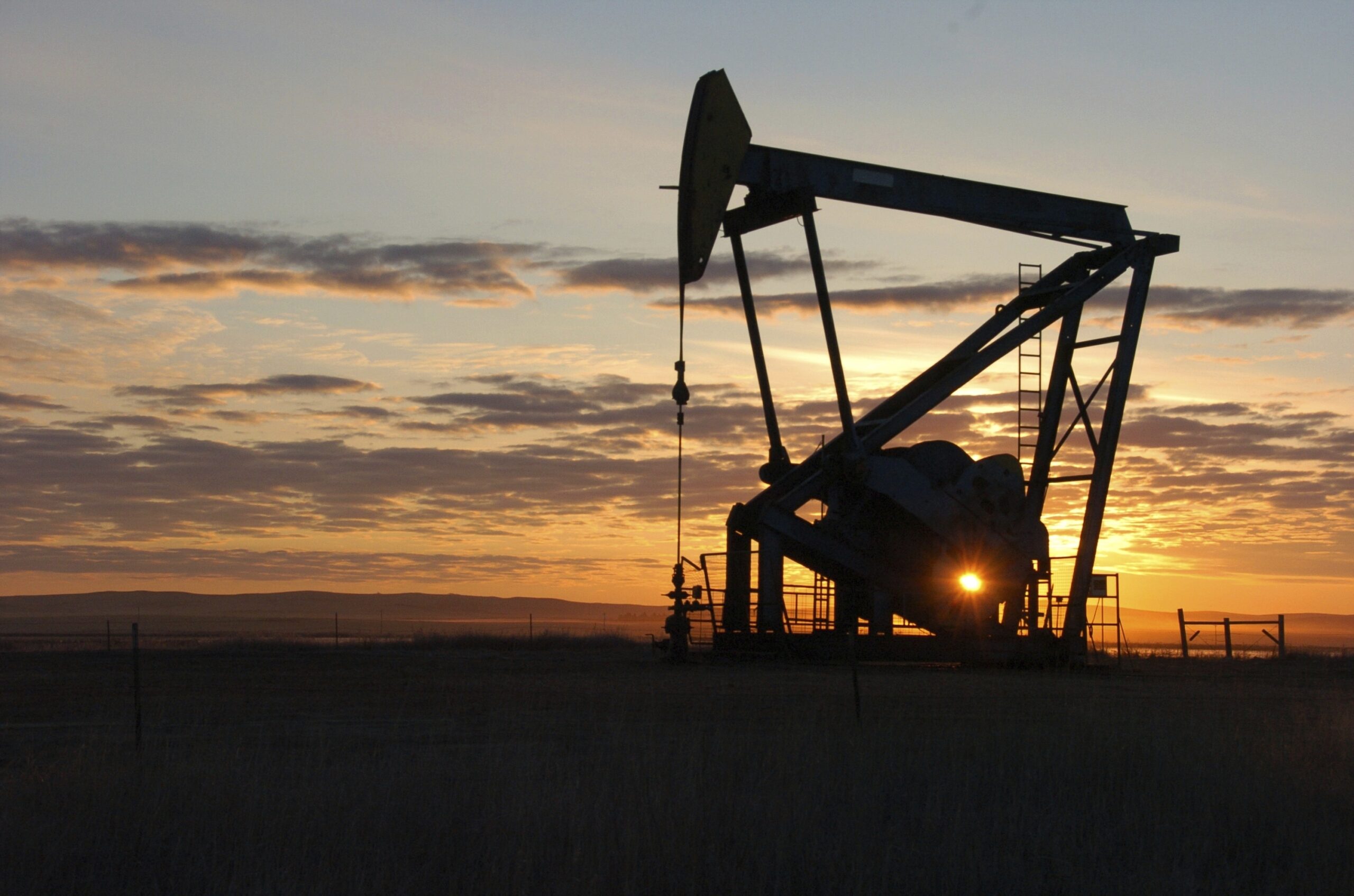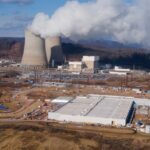

The Interior Department raised the cost for oil and gas companies to drill on public lands, raising leasing fees and royalty rates for the first time in decades, a move justified as generating more money for taxpayers and ensuring adequate cleanup costs.
Interior officials said the final rule is the first update to the oil and gas leasing program in decades, and the first update to the so-called “bonding requirement” since 1960.
President Joe Biden campaigned in 2020 on the promise of ending all new drilling on public lands, a pledge he has since backed away from as he has sought to balance his goals on climate with issues of energy security. Still, Interior’s new rule will spark pushback from oil and gas producers, who have argued Biden has whipsawed between urging them to drill more following Russia’s 2022 invasion, and then blaming them just months later for the record-high gas prices.
“This is another rule by the Biden Administration meant to deliver on the president’s promise of no federal oil and natural gas,” Western Energy Alliance President Kathleen Sgamma said in a statement on Friday. The group represents independent oil and gas companies.
Biden has also announced a series of overtures to appease environmental groups, including ordering the permanent ban on drilling on more than 10 million acres on Alaska’s North Slope, and, most recently, pausing the approval of new liquified natural gas terminals in the United States in order to consider environmental concerns.
Under the new rule published Friday, oil companies will be required to pay $150,000 per lease on federal lands — a fifteenfold increase.
Roughly one-half of the bond requirement funds will go to states, officials said, while one-third will be used to fund water projects in the West. The remainder will be split between the Treasury and Interior Departments.
Companies will also be required to pay higher royalties from the profits of oil and gas produced on these lands — up to 16.67%, compared to 12.5%, which the administration said better reflects the higher prices of most private land owners.
Interior officials estimate the new rules will increase costs for oil and gas drillers by roughly $1.5 billion between now and 2031, when rates could increase again.
They also touted the price increases as a way for companies to return money to states for using the land, and to protect taxpayers from shouldering the burden of cleaning up abandoned wells, or so-called “orphan wells” across the U.S.
“These are the most significant reforms to the federal oil and gas leasing program in decades, and they will cut wasteful speculation, increase returns for the public, and protect taxpayers from being saddled with the costs of environmental cleanups,” Interior Secretary Deb Haaland said in a statement.
CLICK HERE TO READ MORE FROM THE WASHINGTON EXAMINER
Environmental groups cheered the update, which they said would curtail the massive profits from U.S. oil and gas companies and direct more of the profits back to taxpayers instead.
“These new regulations are the kind of common-sense reforms the federal oil and gas leasing program has needed for decades. The days of oil and gas companies locking up public lands for decades for pennies on the dollar and leaving polluted lands, water, and air in their wake are over,” Sierra Club lands protection director Athan Manuel said in a statement.






